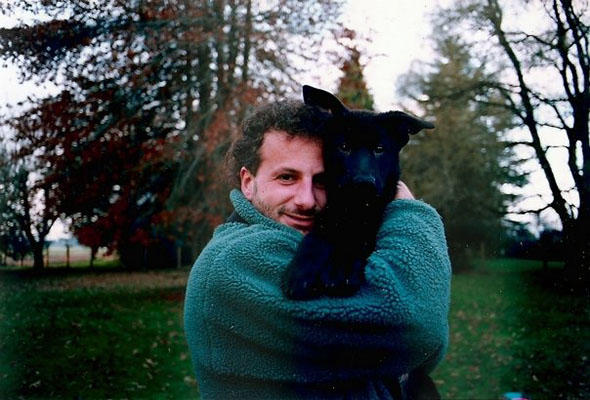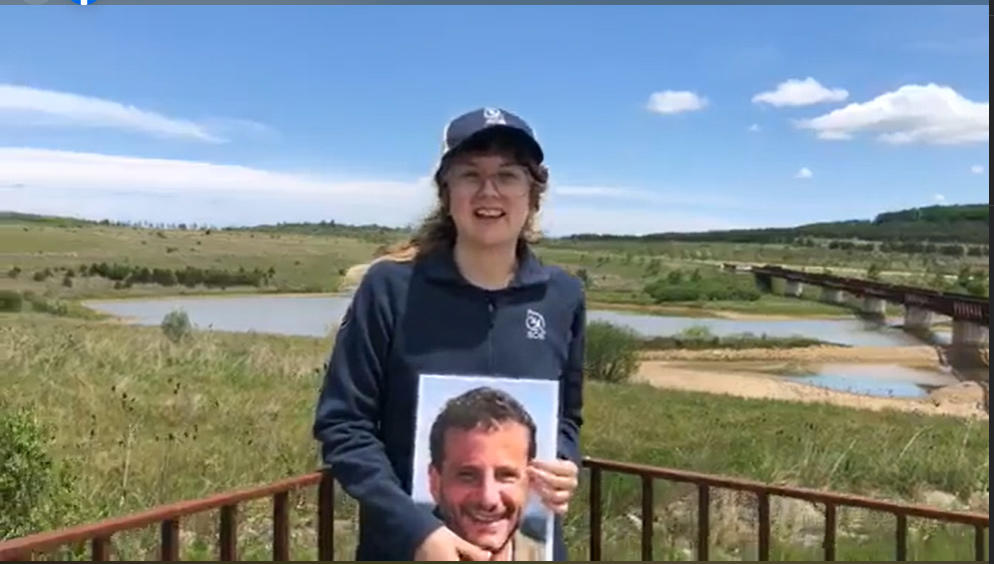By Grace O’Hara, Richard J. Guadagno SCA Conservation Fellow
Nineteen years ago on September 11th our nation changed forever when four planes departed from various East Coast airports and never made their destinations. Hijackers took over the aircraft with the intent of crashing them into key locations. Two struck the Twin Towers of the World Trade Center in New York City and another hit the Pentagon in Washington, DC.
The fourth plane, United Airlines Flight 93, had a much different outcome. The hijackers’ intended target is only speculated because before the plane could make it to any populated area, the 40 passengers and crew rose up and brought the plane down in the small, rural town of Shanksville, Pennsylvania. Their bravery and sacrifice potentially saved thousands of lives.

Among the passengers on Flight 93 was Richard Guadagno (above), a ranger for Humboldt Bay National Wildlife Refuge in Northern California. He had been visiting his family in New Jersey for his grandmother’s 100th birthday. Richard was a sweet man who had a love for all things that grew. As a child, he planted 23 different types of lettuce in his backyard. This love continued into his adulthood, not only with his career but even in his personal life. At his home in California, he planted over 100 trees on his one-acre property. He was survived by his parents, Jerry and Beatrice, and his sister, Lori.
After the Flight 93 National Memorial was established, the Guadagno family wanted to continue Richard’s legacy by creating a yearly fellowship for two young people who shared his passion for the environment, one at Humboldt Bay NWR and the other at the Flight 93 Memorial. This year I have had the pleasure to be granted a Richard J. Guadagno fellowship at the Flight 93 National Memorial.

People come from all over the nation to visit the Memorial and pay their respects to the brave 40. The land the Memorial sits on – the crash site – is a beautiful natural area with thriving wildlife of different species, from the sweet does and their young faun to the little orange newts you can find all over the park this time of year, not to mention the snapping turtles that cross the street whenever they like. The Memorial also has fields of wildflowers that are pollinated by the park’s own bee population.
Working here can be a very somber experience. Often times as I walk the Memorial Plaza each morning, along the field of debris, I think about how quiet the area is. The land was originally a strip mining field so there was probably a lot of machinery going off back then. But now there is a silence over the land. In those moments I find myself asking so many questions. Why did this happen? Are they at peace? What would their lives be like now if they hadn’t been on that plane?
In such moments the only thing I can do is be thankful for what they did and try to honor them as I tell their stories.